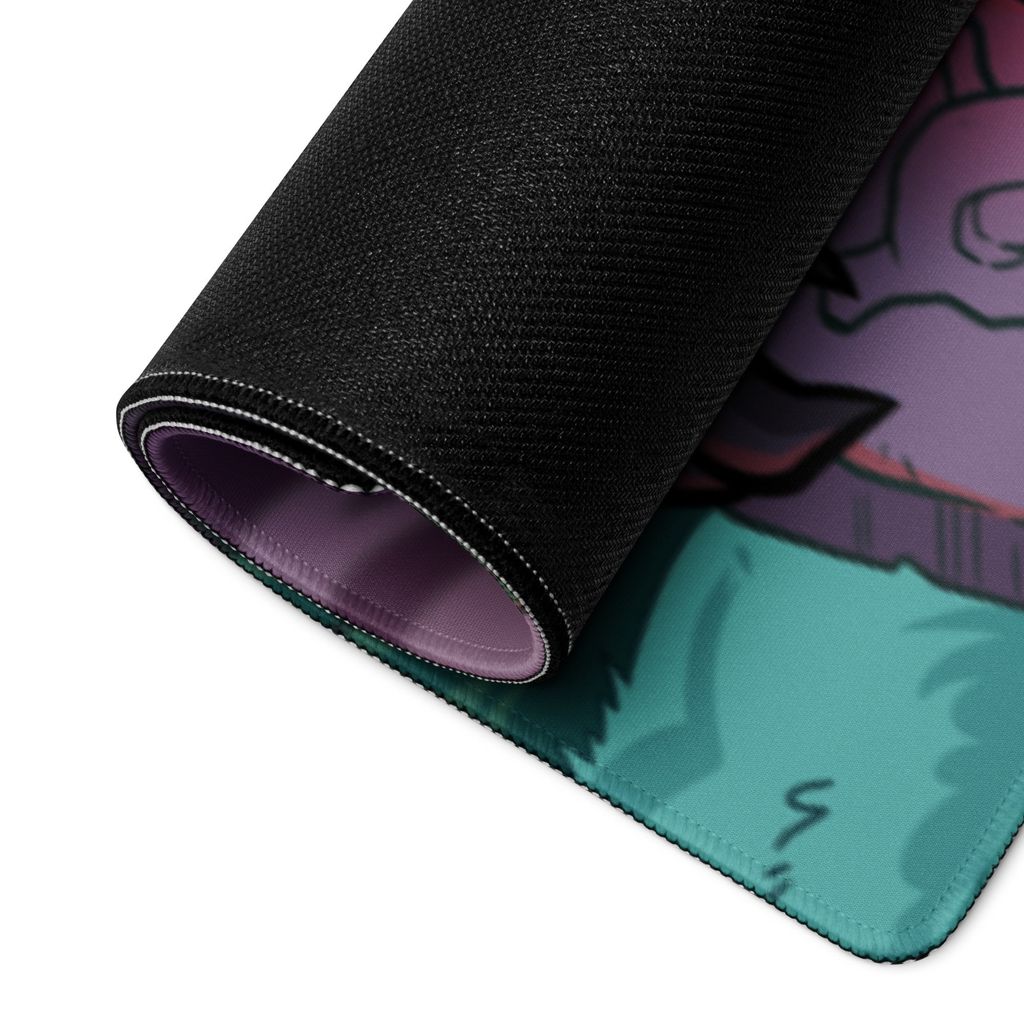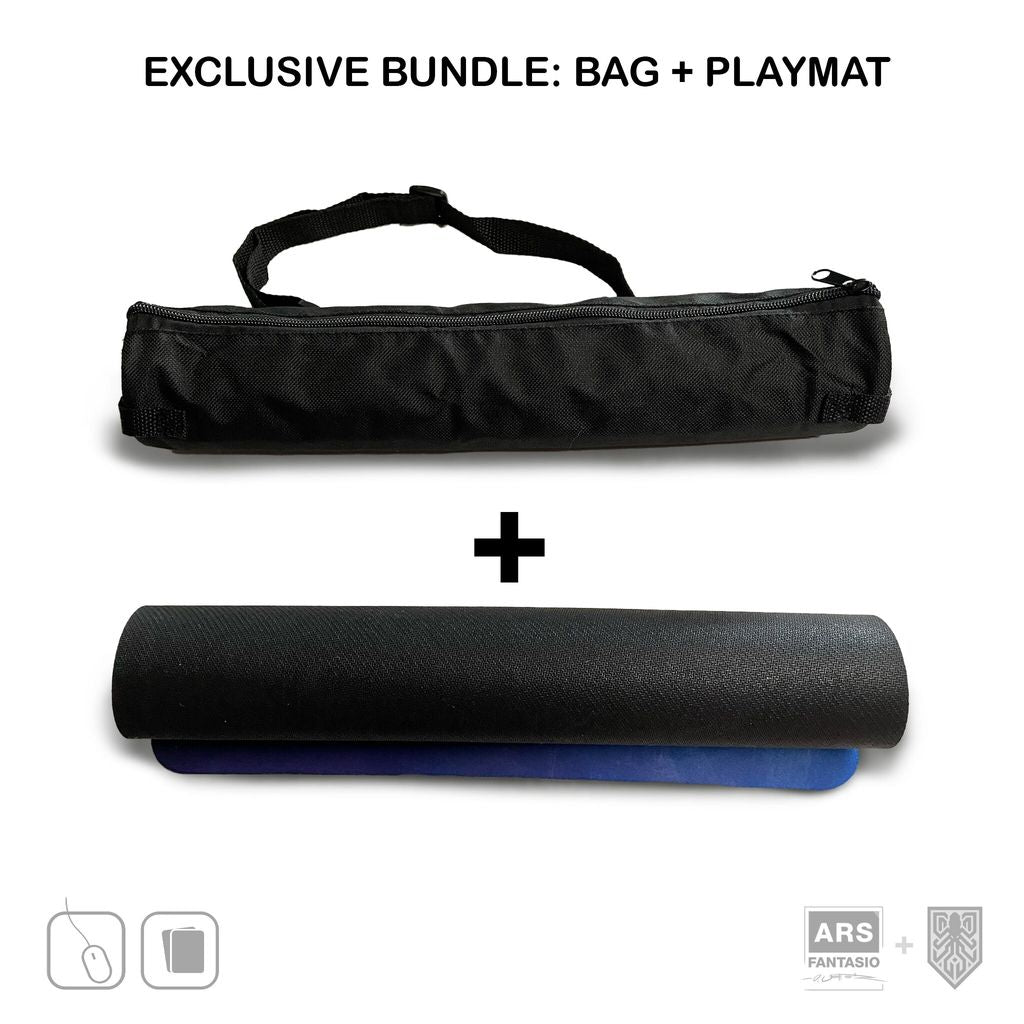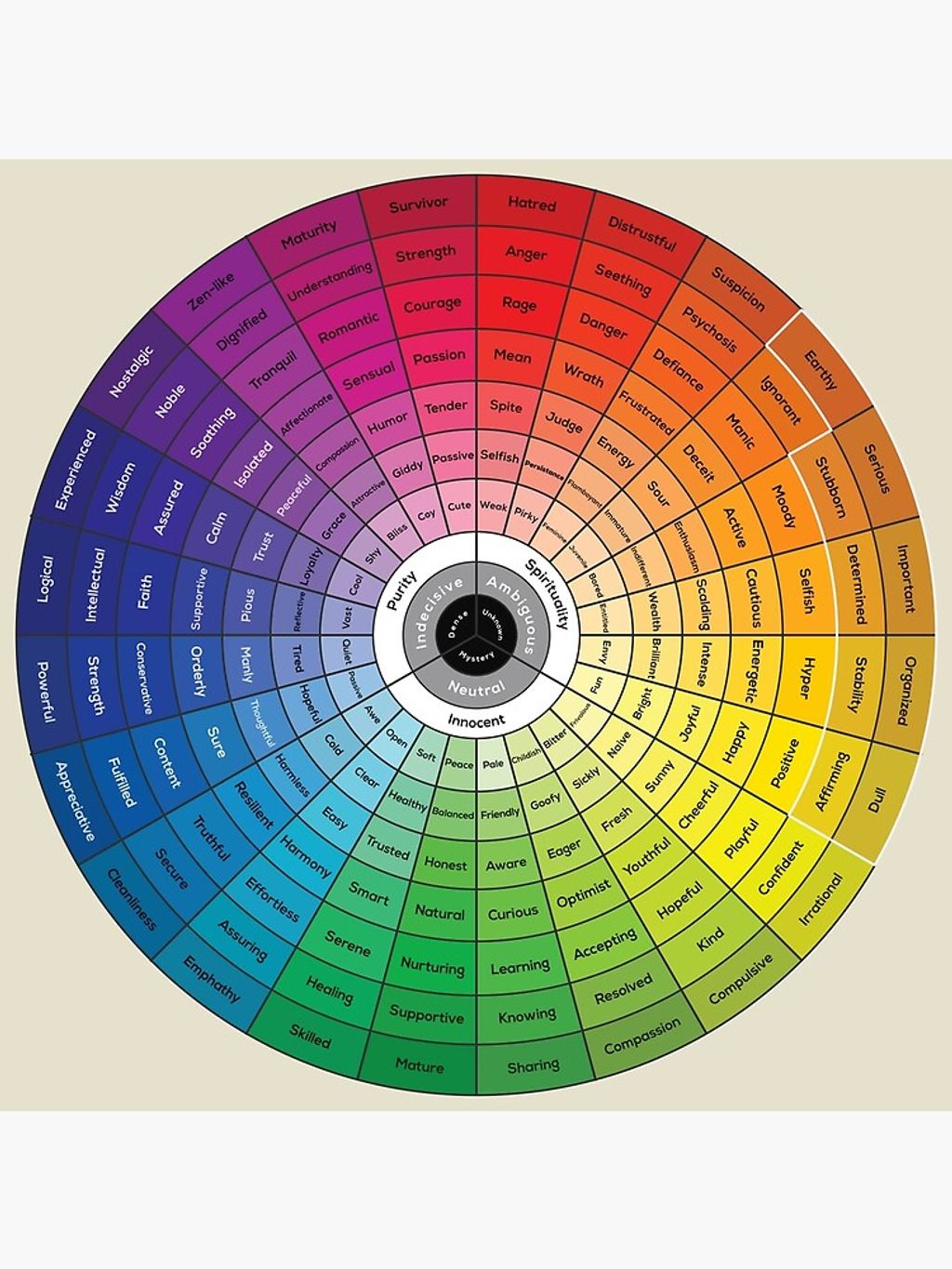
How to Make Your Yoga Mat Less Slippery
Slippery yoga mats can be frustrating and can hinder your yoga practice. In order to make your yoga mat less slippery, it is important to understand why yoga mats become slippery and the different types of yoga mats and their slippery properties. Additionally, there are various ways to prevent slipperiness on your yoga mat, such as choosing the right yoga mat, cleaning and maintaining it regularly, using a yoga towel, and applying grip enhancers. Improving grip and stability during yoga practice can also help reduce slipperiness, which can be achieved through warming up and stretching, maintaining proper alignment and weight distribution, engaging the core muscles, and modifying poses for better stability. By following these tips and incorporating them into your yoga practice, you can enjoy a slip-free yoga experience.
Key Takeaways
- Understand why yoga mats become slippery
- Choose the right yoga mat for better grip
- Clean and maintain your yoga mat regularly
- Use a yoga towel or grip enhancers for added traction
- Improve grip and stability through proper warm-up and alignment
Understanding the Slippery Surface of Yoga Mats
Why do Yoga Mats Become Slippery?
Yoga mats can become slippery due to various factors. One common reason is the buildup of dirt, sweat, and oils on the surface of the mat. Using multi-purpose cleaners or body soaps on mats can leave a film that promotes slippage. It is important to keep yoga mats clean and dirt-free by using a proper yoga mat cleaner. Another factor that contributes to slipperiness is the type of material used in the mat. Some materials have a smoother texture, which can make them more prone to slipping.
Different Types of Yoga Mats and Their Slippery Properties
When it comes to yoga mats, the material they are made from plays a crucial role in their non-slip properties. It is important to choose a mat that provides the right amount of grip to prevent slipping during your practice. Some of the best materials for non-slip yoga mats include natural rubber, cork, and polyurethane. These materials offer excellent traction and grip, allowing you to maintain stability and balance in your poses.
Preventing Slipperiness on Your Yoga Mat
Choosing the Right Yoga Mat
When it comes to choosing the right yoga mat, there are a few factors to consider. First, think about the type of yoga you practice and the level of grip you need. For more intense and sweaty practices like hot yoga or vinyasa flow, a mat with excellent grip is essential to prevent slipping. Durability is also an important factor to consider, especially if you practice yoga regularly. You want a mat that can withstand the wear and tear of your practice without losing its grip or cushioning.
Another consideration is the material of the mat. Natural rubber mats are known for their superior grip and traction, making them a popular choice among yogis. They provide excellent stability and support during poses. However, if you have latex allergies, you may need to opt for a mat made from alternative materials like TPE or PVC.
Lastly, consider the thickness and weight of the mat. Thicker mats provide more cushioning and support, which can be beneficial for sensitive joints. However, they may also be heavier and bulkier to carry around. Choose a mat that strikes a balance between comfort and portability.
Cleaning and Maintaining Your Yoga Mat
Cleaning and maintaining your yoga mat is essential for ensuring its longevity and preventing slipperiness during your practice. Regular cleaning helps remove dirt, sweat, and oils that can accumulate on the surface of the mat, making it slippery. Here are some tips to keep your yoga mat clean and in good condition:
Using a Yoga Towel
Using a yoga towel can greatly improve the grip and stability of your yoga practice. A yoga towel is designed to absorb moisture and provide a non-slip surface, making it ideal for hot yoga or if you tend to sweat a lot during your practice.
One of the key benefits of using a yoga towel is that it can prevent your hands and feet from slipping on the mat, allowing you to maintain proper alignment and stability in your poses. It also helps to keep your mat clean by absorbing sweat and preventing it from seeping into the mat.
To use a yoga towel, simply lay it over your mat before starting your practice. Make sure it is securely placed and smooth out any wrinkles. As you move through your practice, the towel will provide a grippy surface that helps to prevent slipping.
In addition to improving grip, a yoga towel can also provide extra cushioning and support for your joints, making your practice more comfortable and enjoyable. It is a versatile accessory that can enhance your yoga experience and help you stay focused on your practice.
Applying Grip Enhancers
Applying grip enhancers can be an effective way to improve the traction of your yoga mat. These products are designed to provide extra grip and prevent slipping during your yoga practice. There are various types of grip enhancers available, including sprays, powders, and sticky mats. Using a grip enhancer can help you maintain stability and confidence in your poses.
Improving Grip and Stability during Yoga Practice
Warming Up and Stretching
Warming up and stretching before your yoga practice is essential for preparing your body and mind. It helps to increase blood flow, improve flexibility, and reduce the risk of injury. Here are some key steps to follow:
Proper Alignment and Weight Distribution
Proper alignment and weight distribution are crucial for a stable and balanced yoga practice. When your body is properly aligned, it helps to prevent injuries and allows for a deeper connection with your breath and movement. Here are some key points to keep in mind:
- Stacking the joints: Aligning the bones in your body helps to distribute weight evenly and maintain stability. Pay attention to the alignment of your spine, hips, knees, and ankles.
- Engaging the core: Activating your core muscles provides a strong foundation and supports proper alignment. It helps to stabilize your body and prevent unnecessary strain.
- Weight distribution: Distributing your weight evenly between both sides of your body and between different parts of your body, such as hands and feet, helps to maintain balance and stability.
Remember, proper alignment and weight distribution not only enhance your yoga practice but also carry over into your daily life, promoting better posture and body awareness.
Engaging the Core Muscles
Engaging the core muscles is essential for maintaining stability and balance during yoga practice. The core muscles, including the abdominals, back muscles, and pelvic floor, provide a strong foundation for the rest of the body. By activating these muscles, you can improve your posture, prevent injuries, and enhance your overall yoga experience.
Modifying Poses for Better Stability
Modifying yoga poses can help improve stability and prevent slipping on your yoga mat. By making small adjustments to your alignment and technique, you can create a stronger foundation and enhance your balance. Here are some tips for modifying poses to increase stability:
- Widen your stance: Increasing the distance between your feet or hands can provide a wider base of support, making it easier to maintain your balance.
- Use props: Props such as blocks, straps, or blankets can provide additional support and stability during poses. They can help you maintain proper alignment and prevent slipping.
- Lower your center of gravity: Bending your knees or lowering your hips can help lower your center of gravity, making it easier to maintain balance and stability.
Remember to listen to your body and modify poses according to your own comfort and ability. By making these adjustments, you can improve your stability and have a safer and more enjoyable yoga practice.
Tips for a Slip-Free Yoga Practice
Using Props for Support
Using props during your yoga practice can greatly enhance your stability and support. Props such as blocks, straps, and bolsters provide additional support and help you maintain proper alignment in poses. They can also assist in deepening stretches and improving flexibility. Incorporating props into your practice allows you to modify poses and make them more accessible, especially for beginners or those with limited flexibility. Props bring an element of creativity to your practice and can make the poses more enjoyable and engaging.
Practicing on a Non-Slip Surface
When practicing yoga, it is important to have a non-slip surface to prevent accidents and maintain stability. A non-slip surface provides better grip and allows you to focus on your practice without worrying about slipping or sliding. There are a few options you can consider to create a non-slip surface for your yoga practice:
Avoiding Excessive Sweat
Excessive sweating during yoga practice can be uncomfortable and distracting. To minimize sweat and maintain a better grip on your mat, consider the following tips:
Maintaining Focus and Mindfulness
Maintaining focus and mindfulness during your yoga practice is essential for a safe and effective session. By staying present and fully engaged in each pose, you can deepen your mind-body connection and enhance your overall experience. Here are some tips to help you maintain focus and mindfulness:
- Breathe deeply: Pay attention to your breath throughout your practice. Deep, conscious breathing can help calm the mind and bring you into the present moment.
- Stay present: Avoid getting caught up in thoughts or distractions. Instead, focus on the sensations in your body and the alignment of each pose.
- Listen to your body: Honor your body's limits and avoid pushing yourself too hard. Tune in to any discomfort or pain and make adjustments as needed.
Remember, yoga is not just a physical practice but also a mental and spiritual one. By cultivating focus and mindfulness, you can fully reap the benefits of your yoga practice.
Tips for a Slip-Free Yoga Practice
Conclusion
In conclusion, making your yoga mat less slippery is essential for a safe and effective practice. By following the tips and techniques outlined in this article, such as cleaning your mat regularly, using a towel or grip-enhancing spray, and practicing on a non-slip surface, you can significantly improve your grip and stability during yoga sessions. Remember, a slip-free mat not only enhances your performance but also reduces the risk of injuries. So, take the necessary steps to ensure a secure and enjoyable yoga experience.
Frequently Asked Questions
How often should I clean my yoga mat?
It is recommended to clean your yoga mat after every use, especially if you sweat a lot during your practice. Regular cleaning helps maintain the grip and hygiene of the mat.
Can I use soap to clean my yoga mat?
Yes, you can use a mild soap or a yoga mat cleaner to clean your yoga mat. Make sure to follow the manufacturer's instructions for cleaning to avoid damaging the mat.
How do I choose the right yoga towel?
When choosing a yoga towel, consider the size, material, and grip. Look for a towel that is large enough to cover your entire mat, made of absorbent and non-slip material, and has silicone or rubber grips on the underside to prevent slipping.
Can I use a regular towel instead of a yoga towel?
While you can use a regular towel as a temporary solution, it may not provide the same level of grip and stability as a yoga towel. Yoga towels are specifically designed to absorb sweat and provide traction during yoga practice.
What are grip enhancers?
Grip enhancers are products that can be applied to the surface of your yoga mat to improve traction. They come in the form of sprays, powders, or sticky mats. However, it is important to choose grip enhancers that are safe for your mat and do not leave a residue.
Can I practice yoga on carpet?
Yes, you can practice yoga on carpet. However, keep in mind that the grip and stability may be different compared to practicing on a yoga mat. You can use a yoga towel or a non-slip mat on top of the carpet for better traction.


